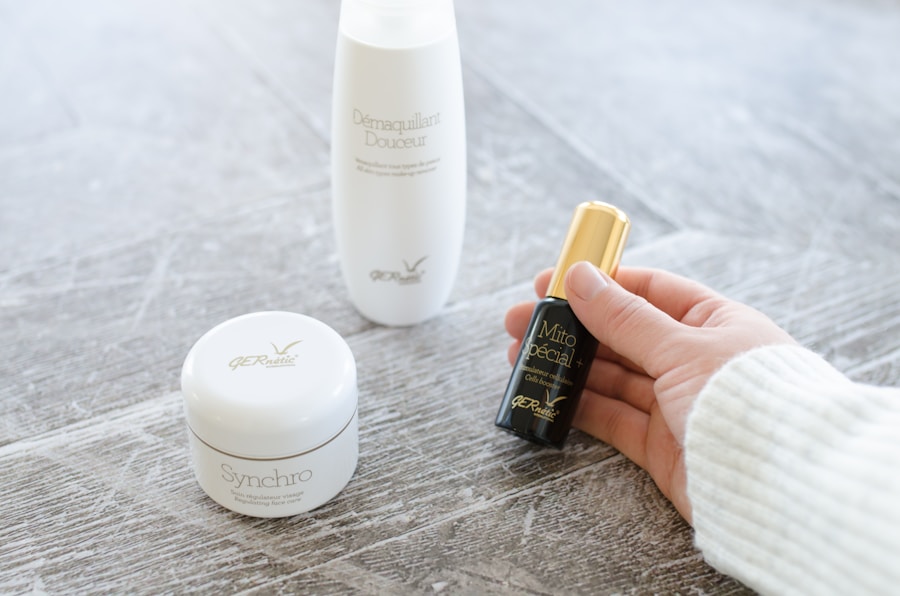Laser hair removal is a popular cosmetic procedure that uses concentrated beams of light to remove unwanted hair. The process works by targeting the pigment in the hair follicles, which absorbs the light and destroys the hair. This results in a reduction in hair growth over time. The procedure is most effective on individuals with light skin and dark hair, as the contrast between the two makes it easier for the laser to target the hair follicles. However, advancements in technology have made it possible for individuals with darker skin tones to also benefit from laser hair removal.
The process of laser hair removal typically requires multiple sessions to achieve the desired results. This is because hair grows in different cycles, and the laser can only effectively target hair that is in the active growth phase. As a result, multiple sessions are necessary to ensure that all hair follicles are treated. The length of time between sessions can vary depending on the area being treated and individual hair growth patterns. It is important to consult with a professional to determine the appropriate treatment plan for your specific needs.
Preparing for Laser Hair Removal Treatment
Before undergoing laser hair removal treatment, there are several steps that individuals can take to prepare for the procedure. It is important to avoid sun exposure and tanning beds for at least six weeks prior to treatment, as this can increase the risk of complications and reduce the effectiveness of the procedure. Additionally, individuals should avoid plucking, waxing, or electrolysis for at least six weeks before treatment, as these methods can disturb the hair follicle and interfere with the laser’s ability to target the hair.
It is also important to shave the area being treated a day or two before the procedure. This helps to ensure that the laser can effectively target the hair follicles without interference from surface hair. Additionally, individuals should avoid using any lotions, creams, or makeup on the area being treated on the day of the procedure, as these products can interfere with the laser’s ability to penetrate the skin. Finally, it is important to follow any specific instructions provided by the professional performing the procedure to ensure optimal results.
Post-Treatment Care: What to Expect
After undergoing laser hair removal treatment, it is normal to experience some redness and swelling in the treated area. This typically subsides within a few hours to a few days, depending on the individual and the area being treated. It is important to avoid sun exposure and tanning beds for at least a week after treatment, as the skin may be more sensitive to UV rays during this time. Additionally, individuals should avoid hot showers, saunas, and strenuous exercise for at least 24 hours after treatment to allow the skin to heal.
In some cases, individuals may experience mild discomfort or itching in the treated area. This can typically be managed with over-the-counter pain relievers and soothing creams. It is important to avoid picking or scratching at the treated area, as this can increase the risk of infection and interfere with the healing process. If any blisters or crusting develop, it is important to keep the area clean and dry and to follow any specific instructions provided by the professional performing the procedure.
Tips for Soothing and Protecting the Skin
After undergoing laser hair removal treatment, it is important to take steps to soothe and protect the skin to promote healing and reduce the risk of complications. Applying aloe vera gel or a soothing cream to the treated area can help to reduce redness and swelling and provide relief from any discomfort or itching. Additionally, individuals should avoid wearing tight clothing that may irritate the skin and opt for loose, breathable fabrics instead.
It is also important to protect the treated area from sun exposure by applying a broad-spectrum sunscreen with an SPF of at least 30. This can help to prevent sunburn and reduce the risk of hyperpigmentation in the treated area. Additionally, individuals should avoid using any harsh or abrasive products on the treated area, such as exfoliating scrubs or chemical peels, as these can irritate the skin and interfere with the healing process.
Avoiding Irritation and Infection
In order to avoid irritation and infection after laser hair removal treatment, it is important to keep the treated area clean and dry. This can help to reduce the risk of bacteria entering the skin and causing infection. It is also important to avoid swimming in pools or hot tubs for at least 24 hours after treatment, as these environments can harbor bacteria that may increase the risk of infection.
Additionally, individuals should avoid using any harsh or abrasive products on the treated area, such as exfoliating scrubs or chemical peels, as these can irritate the skin and increase the risk of infection. It is also important to avoid picking or scratching at the treated area, as this can increase the risk of infection and interfere with the healing process. If any signs of infection develop, such as increased redness, swelling, or discharge from the treated area, it is important to seek medical attention promptly.
Long-Term Maintenance for Smooth and Healthy Skin
After completing a series of laser hair removal treatments, it is important to take steps to maintain smooth and healthy skin. This may include scheduling periodic touch-up treatments to target any remaining hair follicles that were not effectively treated during previous sessions. Additionally, individuals should continue to protect their skin from sun exposure by applying sunscreen regularly and avoiding tanning beds.
It is also important to continue following a gentle skincare routine that includes moisturizing and exfoliating regularly to keep the skin smooth and healthy. This can help to prevent ingrown hairs and promote overall skin health. Additionally, individuals should continue to avoid plucking, waxing, or electrolysis in between treatments to ensure that all hair follicles are effectively targeted during laser hair removal sessions.
Consulting with a Professional for Personalized Care
When considering laser hair removal treatment, it is important to consult with a professional who can provide personalized care based on your specific needs and goals. A qualified professional can assess your skin type and hair color to determine whether you are a good candidate for laser hair removal and develop a customized treatment plan that addresses your individual concerns.
Additionally, a professional can provide guidance on how to prepare for treatment and offer recommendations for post-treatment care to ensure optimal results. They can also address any questions or concerns you may have about the procedure and provide information on what to expect during and after treatment. By consulting with a professional, you can feel confident that you are receiving safe and effective care that is tailored to your unique needs.






